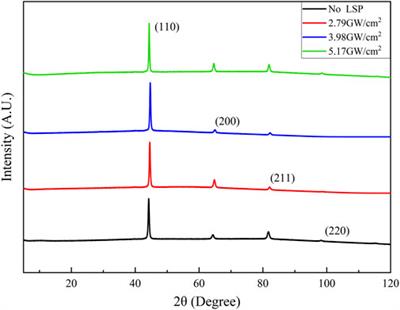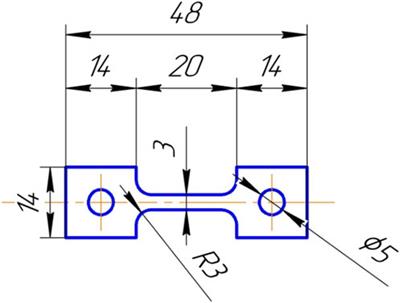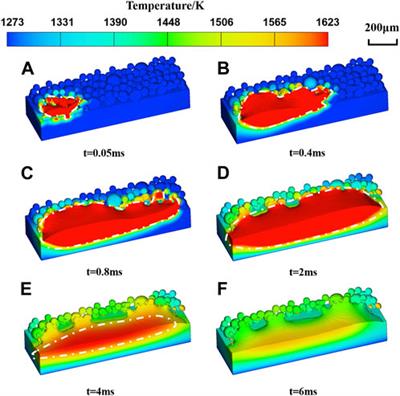ORIGINAL RESEARCH
Published on 21 Oct 2024
Study on the effects of laser shock peening on the microstructure and properties of 17-7PH stainless steel

doi 10.3389/fmats.2024.1484698
- 688 views
1,362
Total downloads
8,503
Total views and downloads
ORIGINAL RESEARCH
Published on 21 Oct 2024

ORIGINAL RESEARCH
Published on 17 Oct 2024

ORIGINAL RESEARCH
Published on 28 Jul 2023

ORIGINAL RESEARCH
Published on 19 Jul 2023
